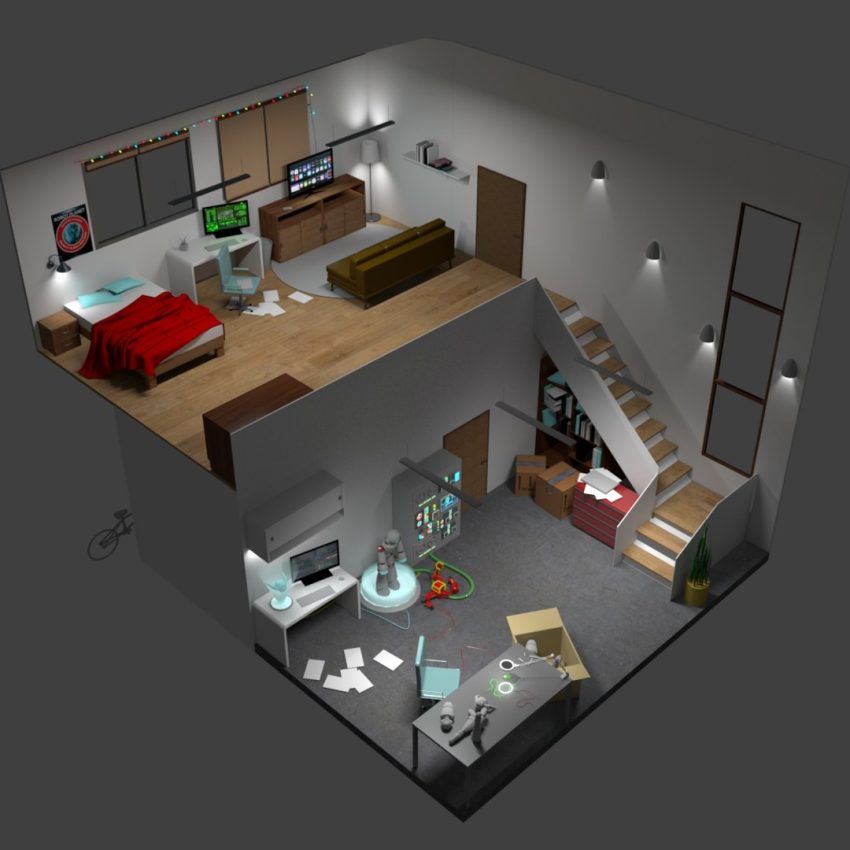In the ever-evolving world of architecture and construction, 3D modeling has emerged as a game-changer. With its ability to provide comprehensive, realistic, and efficient insights into building design and construction, 3D modeling is reshaping the industry. This article explores the fundamentals of 3D building modeling, its diverse applications in construction, the tools architects use for 3D modeling, and how these models are harnessed in the architectural world.
What is 3D Building Modeling?
At the core, 3D building modeling is the process of creating three-dimensional representations of buildings or architectural structures. These models offer a holistic view of the proposed construction project, allowing architects, engineers, and stakeholders to gain a deep understanding of the design before construction begins.
How is 3D Modeling Used in Construction?
1. Conceptualization and Visualization
3D modeling provides architects and clients with an invaluable tool for visualizing the design concept. It helps in transforming abstract ideas into tangible representations, making it easier for stakeholders to make informed decisions. This visualization aids in ensuring that the design aligns with the client’s expectations and the intended purpose of the building.
2. Detailed Design and Planning
The detailed design and planning phase involves translating the initial concept into an actionable plan. 3D modeling enables architects to create precise blueprints and construction drawings. It helps in identifying potential design flaws and construction challenges, reducing the risk of costly errors during the construction phase.
3. Collaboration and Communication
Collaboration is crucial in construction projects. 3D models facilitate better communication between architects, engineers, contractors, and clients. It provides a common platform where all stakeholders can review the design, share feedback, and make necessary adjustments in real time.
4. Cost Estimation
3D models also play a significant role in cost estimation. Architects can extract valuable data from the models, such as materials, quantities, and dimensions, to generate accurate cost estimates. This ensures that the project remains within budget constraints.
5. Construction Simulation
Incorporating 3D models into construction simulations allows for the testing of various construction methods, identifying potential issues, and optimizing the construction process. This can lead to significant time and cost savings.
What Do Architects Use for 3D Models?
To create 3D models for buildings, architects rely on a range of sophisticated tools and software. Some of the most commonly used options include:
1. Autodesk Revit: A widely used software for building information modeling (BIM). It offers comprehensive tools for architectural design, structural engineering, and MEP (mechanical, electrical, and plumbing) systems.
2. SketchUp: Known for its user-friendly interface, SketchUp is used for concept modeling and presentation. It’s a versatile tool for architects and designers.
3. Blender: A powerful and free open-source 3D modeling and animation tool. It’s a popular choice for architects due to its flexibility.
4. AutoCAD: While primarily a 2D drafting tool, AutoCAD can be used to create 3D models as well. It’s a staple in the industry for producing detailed construction drawings.
How Do Architects Use 3D?
Architects utilize 3D models at various stages of the construction process. Here’s how!
1. Design Exploration: Architects begin by using 3D models to explore and experiment with design ideas. This phase involves creating initial concepts and rough sketches.
2. Detailed Planning: Once a concept is finalized, architects use 3D modeling to create detailed plans, blueprints, and construction drawings. These documents serve as guides for the construction team.
3. Client Presentation: 3D models are invaluable in presenting the design to clients. They provide a realistic view of the project, helping clients better understand what the final building will look like.
4. Collaboration: Throughout the project, architects collaborate with engineers, contractors, and other professionals. 3D models serve as a common reference point, making collaboration smoother and more efficient.
5. Quality Assurance: Architects use 3D models to perform quality assurance checks, ensuring that the construction aligns with the design intent.
In conclusion, 3D modeling has revolutionized the construction industry. From its role in conceptualization and visualization to its use in detailed planning, cost estimation, and construction simulations, 3D modeling is an indispensable tool for architects and stakeholders. Using software like Autodesk Revit, SketchUp, Blender, and AutoCAD, architects can bring their designs to life in a virtual space, leading to more efficient, cost-effective, and collaborative construction projects.
As you delve further into the world of 3D modeling for buildings, remember that the technology continues to evolve, promising even greater advancements and capabilities. The future of architecture and construction looks bright, and 3D modeling is at the forefront of this transformative journey.
For more information and inspiration on architecture and construction, feel free to explore Home Motivated, where you can find valuable insights and resources to motivate your architectural endeavors.
Stay tuned for more exciting developments in the world of architecture and construction. The possibilities are limitless, thanks to the power of 3D modeling.
